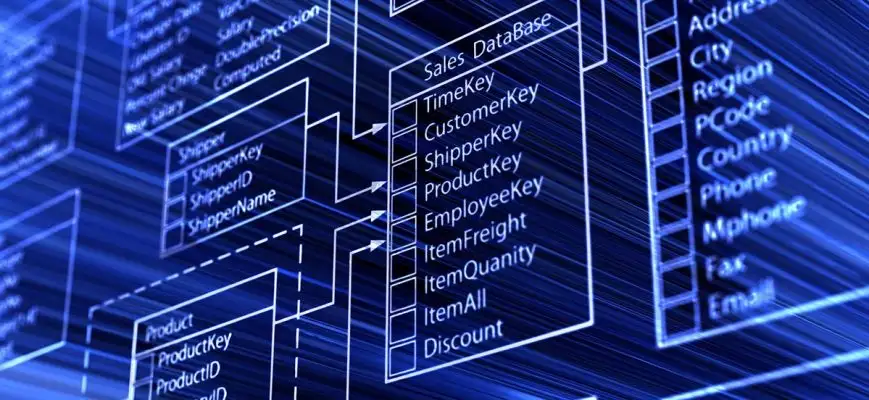
CAT refers to Computer Assisted Translation. This term is used for technology that helps the translation process, producing higher quality and more consistent texts for less time and money. It is important to note that this technology differs from Machine Translation since it only “assists” the translation process as opposed to performing it completely.
CAT tools usually have certain characteristics :
Translation memory:
Computers used for translation will generally have a translation Memory Database. In this way, both the source text and target text can be held as an approved point of reference for future tasks.


Terminology database:
When translating for a company, it is no surprise that the text might include industry or organisation-specific vocabulary. These terms must be translated correctly and used consistently. These “terms” might refer to certain products, taglines, or technical processes. Glossaries and term databases can be automatically generated with the application of CAT technologies, facilitating the task of translation through points of reference, and ensuring consistency throughout a particular task.
Quality assurance checks:
The quality of a translation can be controlled thanks to CAT tools. The technology will scan the text for grammatical errors, such as spelling and punctuation. In terms of non-grammatical features, it can detect inconsistencies in style and terminology.


Collaboration:
Translation is usually not a solo endeavor. It usually involves collaboration between at least a translator and a reviewer. This interaction is facilitated by CAT tools which allow collaboration. It means that even if a translation team is not physically together, they can still virtually share comments, suggestions, and resources. They can also work on the same document at the same time.
CAT refers to software that helps translators with a multitude of different stages throughout the translation process. These tools are generally used by individual translators, alongside their reviewers. Tools of this sort are encouraged within translation departments of companies, and they improve the management of translations, therefore lessening the translation burden.
Cited Works:
Drugan, Joanna, et al. Translation Tools and Technologies. 29 Mar. 2023.
Images in order of Appearance:
Buzzfeed. “Cats Using Your Notebook.” Buzzfeed.<https://www.buzzfeed.com/moonpie/cats-using-your-notebook-60j5?epik=dj0yJnU9YzFjbXZJRi1tMWhEbGtpcHZkVGhWMUNfMGJybmJmelQmcD0wJm49QWEtbzZaUUt0Q2NQS3JmUzJGamxGQSZ0PUFBQUFBR1dWekpJ>
“Understanding Translation Memories.” Transpanish.biz. <https://transpanish.biz/translation_blog/understanding-translation-memories/>
“Terminology Database.” QuicksilverTranslate. <https://quicksilvertranslate.com/5546/terminology-database/>
“Assurance Stock Photos and Images.” Dreamstime. <https://www.dreamstime.com/photos-images/assurance.html>
“Lightbulb Jigsaw Stock Photos, Pictures & Royalty-Free Images.” iStock.<https://www.istockphoto.com/photos/lightbulb-jigsaw>